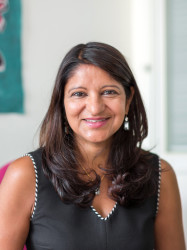BibTex format
@article{Coughlan:2021:10.1136/archdischild-2020-321045,
author = {Coughlan, CH and Ruzangi, J and Neale, FK and Nezafat, Maldonado B and Blair, M and Bottle, A and Saxena, S and Hargreaves, D},
doi = {10.1136/archdischild-2020-321045},
journal = {Archives of Disease in Childhood},
pages = {32--39},
title = {Social and ethnic group differences in healthcare use by children aged 0-14 years: a population-based cohort study in England from 2007 to 2017.},
url = {http://dx.doi.org/10.1136/archdischild-2020-321045},
volume = {107},
year = {2021}
}

